-
Computer Network Components | Explained In-detail

Introduction Computer networks are essential for communication in today’s world. They allow us to share data, resources, and services among different devices and users. The proper functioning of a newly installed network requires a number of specific components and devices. The term ‘network components’ refers to the fundamental parts of the network. The needs of…
-
PAT in Networking || Port Address Translation
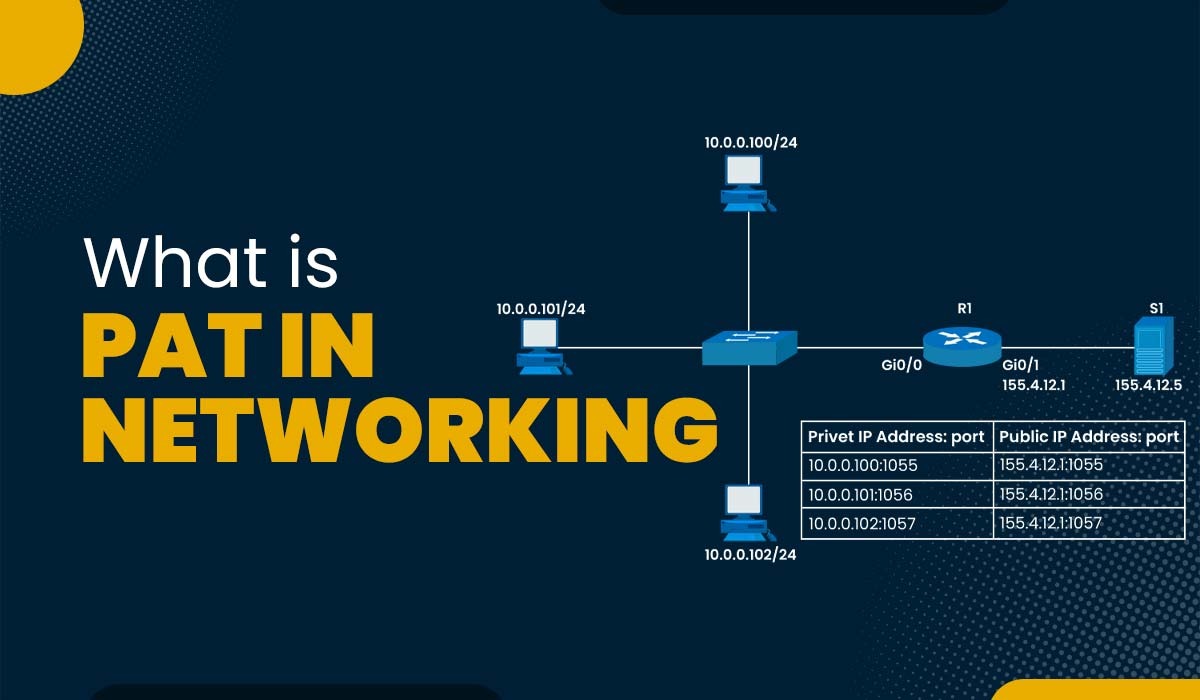
Introduction Have you ever thought of how all your devices can easily connect to the internet and also communicate with other devices around the globe? You might have heard of “NAT” or network address translation. NAT is a technique that allows multiple devices to share a single public IP address, which is the unique identifier…
-
Difference between Broadcast and Multicast

Introduction One of the fundamental concepts in computer networking is transmission, which is the process of sending data from one device to another over a network. Transmission can be classified into different types based on how the data is addressed and delivered to the intended recipients. The main difference between broadcast and multicast is that…
-
What is EIGRP || Enhanced Interior Gateway Routing Protocol
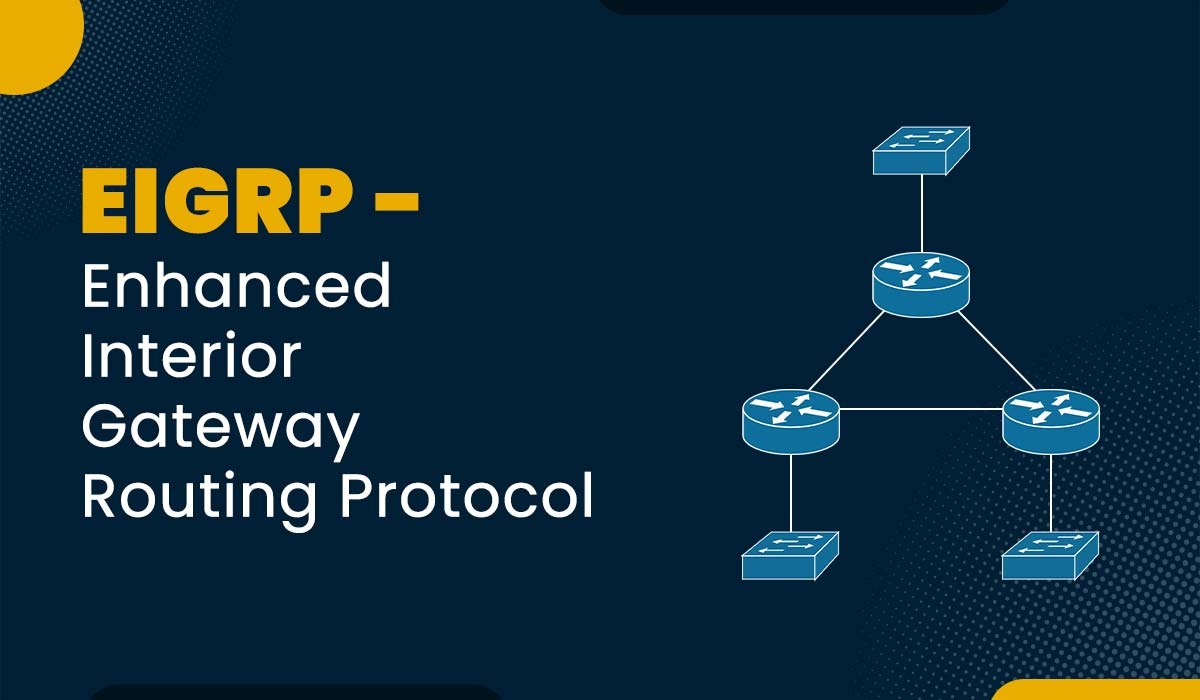
Introduction EIGRP Protocol is a product of the Cisco Systems company and can be said to have been born in the early 1990s. The main focus for using this protocol is to share routing information in the fastest way possible while at the same time enjoying the benefits offered by the protocol. In this blog,…
-
Types of Spanning Tree Protocol (STP) in Networking
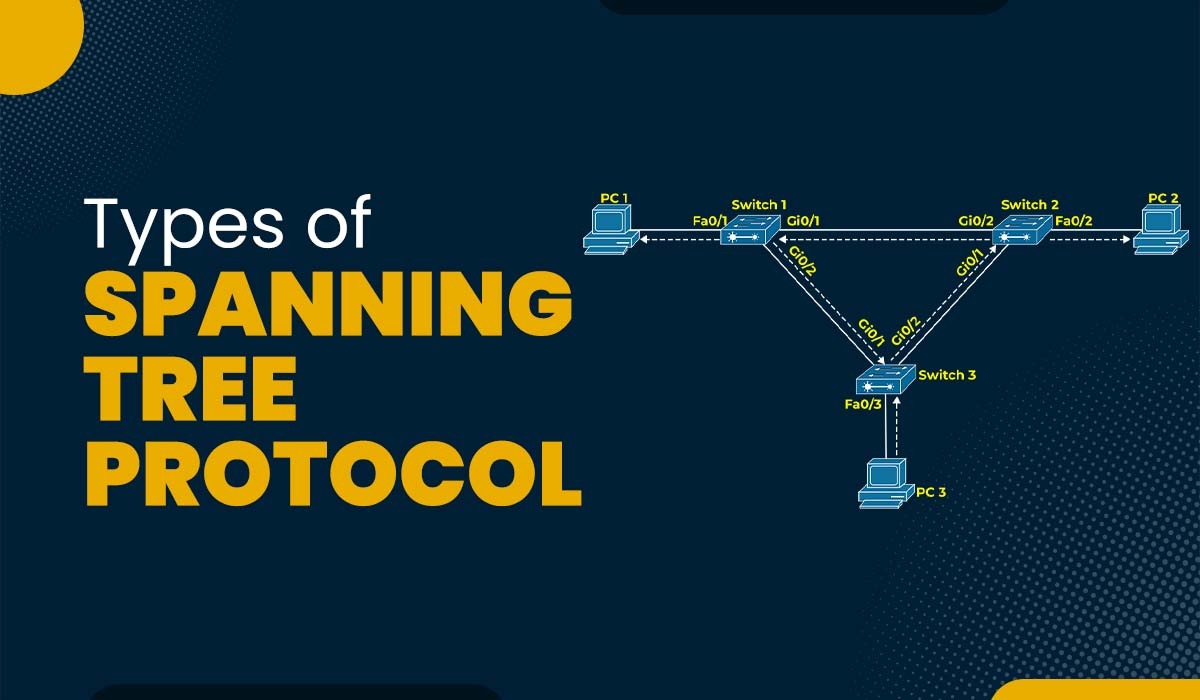
Introduction Spanning Tree Protocol (STP) is a network protocol that makes sure that the topology for any network is loop-free. It is essential to manage redundant paths in a network to prevent broadcast storms and other issues that can arise from loops. STP has evolved, with several variants designed to address specific needs and improve…
-
What are Routing Protocols and Its various Types?
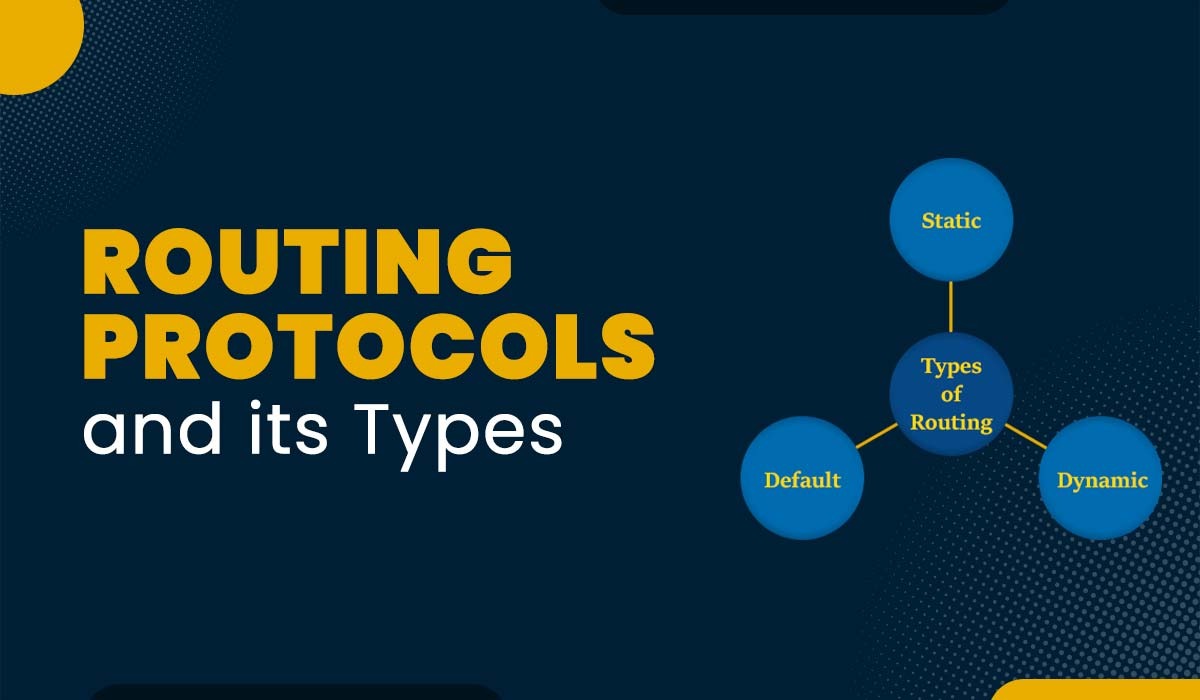
Introduction Routing is the process that determines the best path for data to travel across networks. It involves forwarding data packets from a source to a destination based on the destination’s IP address. To facilitate this process effectively, we use what are known as routing protocols. These protocols are the rules and conventions that dictate…
-
8 Different Types of Routers in Computer Networks
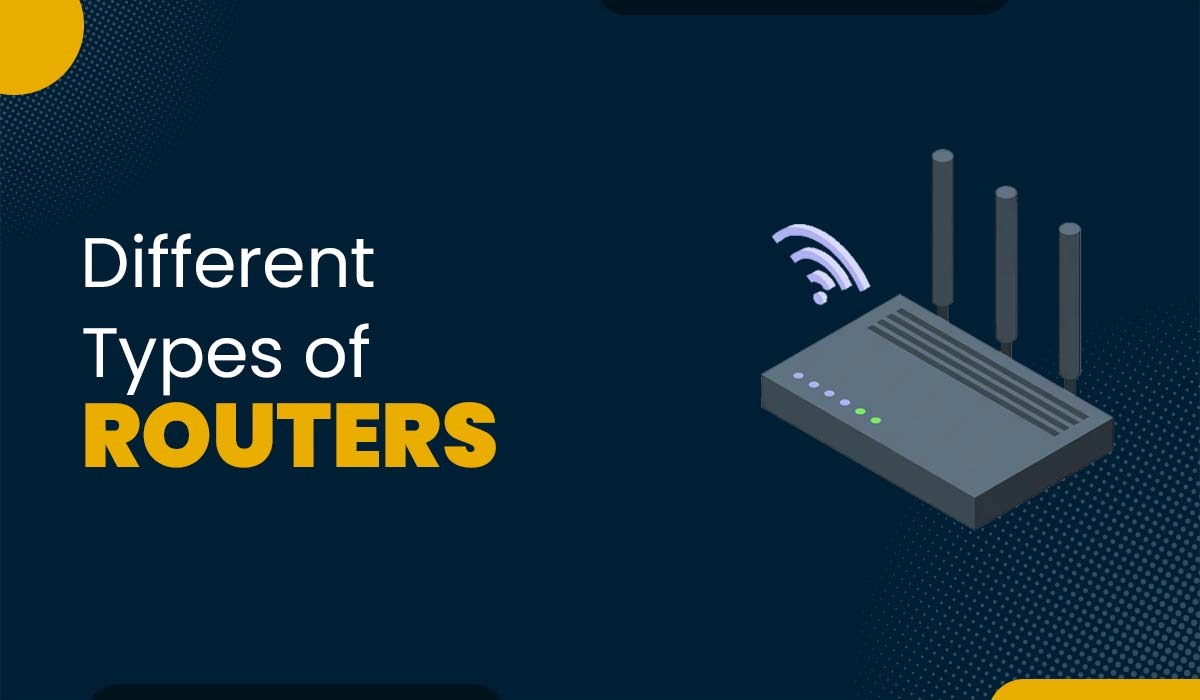
Introduction Modern routers play a crucial role in the current digital world, where communication is everything. From watching your favorite television series on an online platform to telecommuting, routers make sure that your connection is uninterrupted as you move from one device to the next. However, are you aware that there are various types of…
-
Top 10 Machine Learning Applications in Real Life (2025)
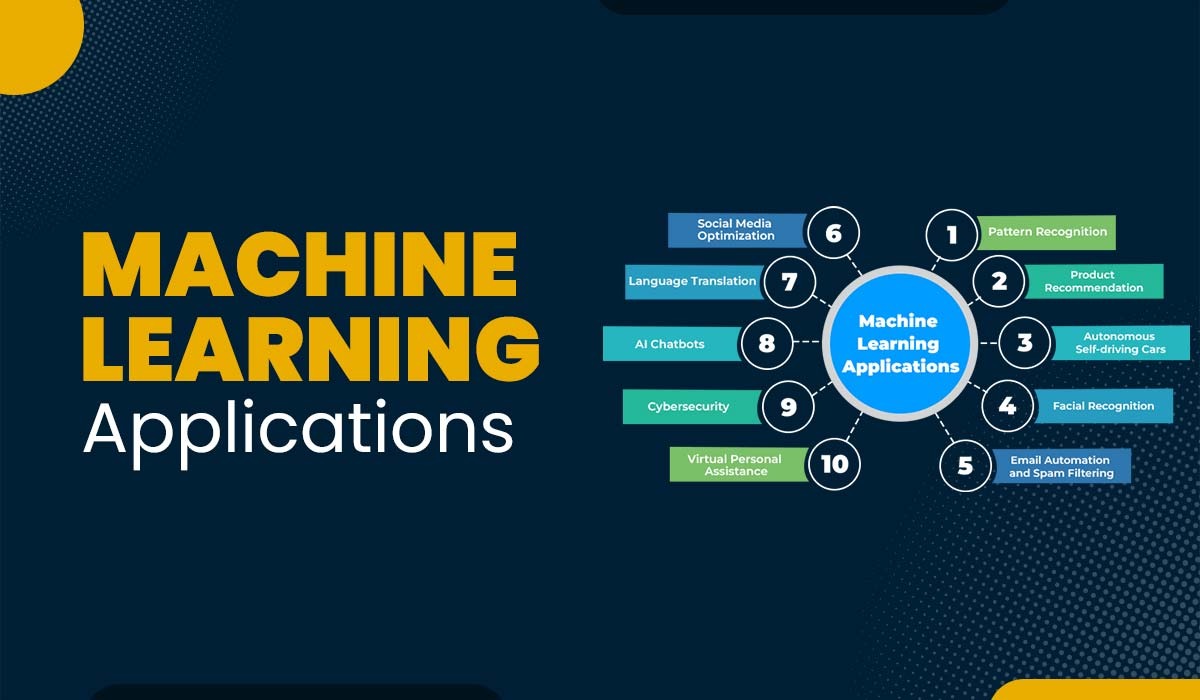
Introduction Machine Learning is one of the most trending technologies that allows machines to use data to improve their ability to make decisions. For instance, machine learning helps home voice assistants like Alexa and Siri to understand and answer voice commands. Machine learning applications are not limited to daily routines. It is transforming almost every…
-
Top 30 Applications of Artificial Intelligence (AI) in 2025
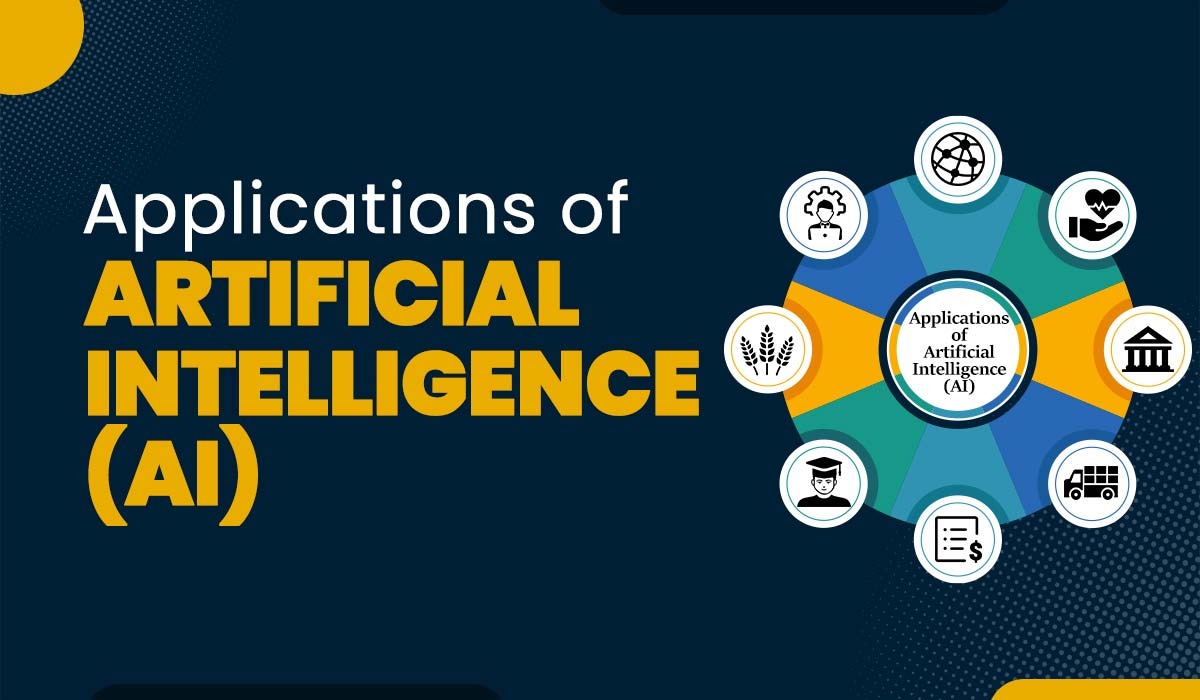
Introduction Artificial intelligence is no longer just a topic of discussion but has become part of our daily practice. But, what is AI? AI refers to machines that can perform tasks using data and algorithms that typically require human intelligence. When we talk about the applications of artificial intelligence, we see its impact in almost…
-
Advantages and Disadvantages of Machine Learning (ML)
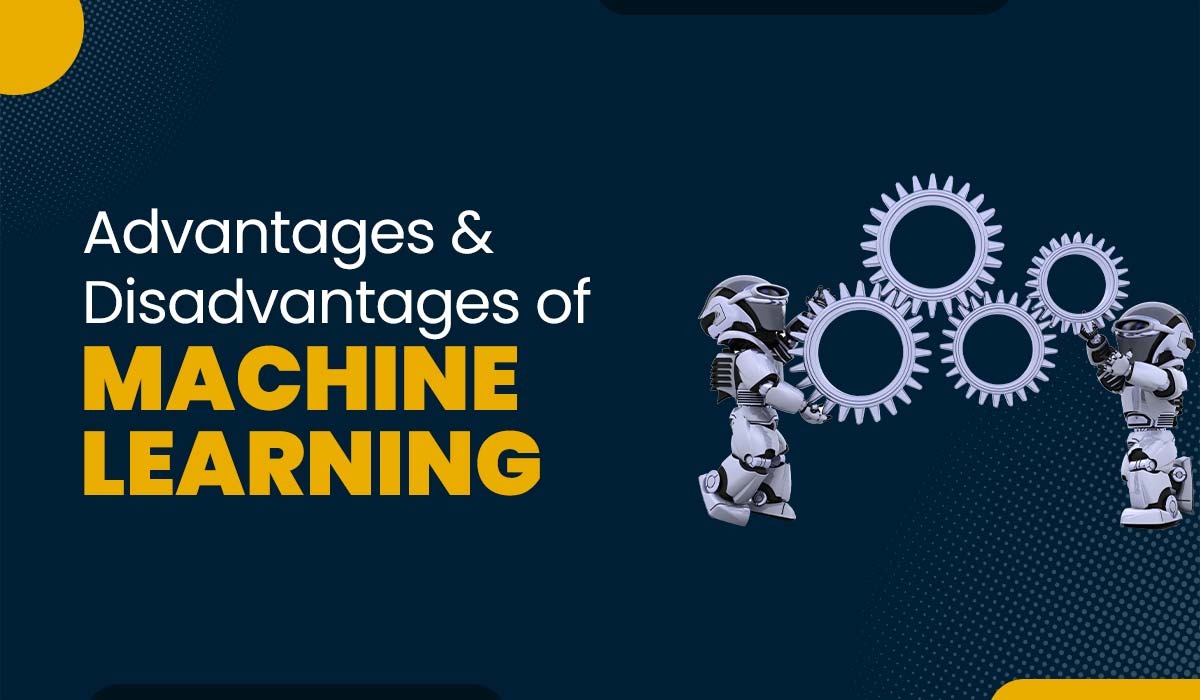
Introduction Machine Learning has significantly impacted modern technology, transforming organizational operations and decision-making processes. Its vast scope continues to expand, with applications varying from basic data analysis to predictive modeling. The use of ML is broad, covering almost every industry, including healthcare, finance, manufacturing, transport, and so on. However, as we know, any powerful technology…


